The Maya and the Mississippi
When we asked our staff writer Khaki to research this article, we asked her to investigate the ongoing relationship between Louisiana and Yucatan. We thought we would be reading about things like who from Yucatan went to high school or college in South Louisiana. The next thing we knew, we were stomping around in 600 B.C. history and traveling the length of the Mississippi River!
It Wasn't Just Columbus
The first thing you might notice if you are researching this subject is that there is something decidedly ethnocentric about the Anglo-European view of history. It is as if no other culture was capable of traveling the world and leaving colonies behind before Columbus sailed the ocean blue in 1492. But we know the Norsemen were colonizing the shores of Greenland by 908 A.D. but the English and Dutch didn’t gain a solid foothold in Greenland until around 1500. There were other advanced cultures in the world and they had been visiting what we now call the United States for what may well turn out to be thousands of years.
With their advanced knowledge of what goes on in the Heavens, it is hard to imagine that the Maya would be satisfied to have been trapped in their little corner of the world. In fact, By 600 B.C. it seems that they were exploring most of the Mississippi River and developing relationships with the indigenous cultures they found there.
Hints on the Lower Mississippi
Genealogy and history buffs, in Louisiana, have long struggled with how the local bayous came by their names. Bayou Manchac is one of those bayous. To a student of indigenous languages, it is hard to swallow the common lore that Manchac is the bastardization of various Choctaw words. To anyone who knows the language, that just isn’t true. However, to anyone who is living in and writing about Yucatan, there is another, quite obvious, possibility. Consider this: The word “bayou” is spoken several different ways in Louisiana, depending on location. The two most common pronunciations are “bi-yah” and “bi-U.” Now, say “Valladolid.” "Valla" can be pronounced with a "B" in Spanish, as you know, so now it becomes a "bi-yah" too! So what about Manchac? How about "Man" (the Eastern face) "chac" (of the Mayan rain god Chaac)? Bayou Manchac connects the Mississippi River with the Amite River, which just happens to lie to the east of the Mississippi. Proof? Not exactly, but it makes far more sense than attempting to disfigure the Choctaw language to wring Manchac out of it.
With that tidbit in our pockets, on to a few things that we can prove.
Evidence in Northeast Louisiana
Catahoula Parish, Louisiana: Although Harrisonburg is the parish seat, there aren’t many businesses there. There's a feed store, a bank, a gas station... but the people who live there have to go to the next town for groceries and anything else. That next town is Jonesville, the location of the Troyville Earthworks, where the stamp of Yucatan can easily be seen by anyone who has ever lived there.
Moving up the Mississippi River, from Jonesville, we come to a number of false rivers that were once part of the Mississippi River and were cut off when the river changed course. These tributaries are lakes now. One is called Yucatan Lake and there is a little unincorporated town there called Yucatan Landing. It is easily identified on any map. You can see it on the banner photo of this article.
And not far away, on Bayou Macon, we come to Poverty Point, the largest city in the region, and now a World Heritage site. “Poverty Point was built between 1700 B.C. and 1100 B.C. There was a lot going on around the rest of the world at this time. In Egypt, Queen Nefertiti and the boy pharaoh, Tutankhamen, ruled. In Britain, Stonehenge was being finished. In China, the Shang Dynasty was flourishing. In Mexico, the Olmec were rising to power. In India, the Rig Veda, the oldest of Hinduism’s sacred books, was being written.” (see link to the Poverty Point website below)
The people of Poverty Point were not farmers. They were hunter-gatherers, who had settled into life in one of the largest trading cities in the region. They were also mound builders, which is another name for pyramids with flat tops that were covered over with dirt, probably to help keep out flooding. Since there is no stone in this area, they imported rocks from as far away as Iowa to the north and the Applachian Mountains to the east. The placement of the mounds shows that these people too had intimate knowledge of astronomy. We don't know about you, but that double mound looks a lot like the main pyramid structure in Izamal.
Up the Mississippi
Cahokia, across the Mississippi River from modern St. Louis, was the largest Native American city north of pre-Columbian Mexico. It too is a World Heritage site and few who have lived in Yucatan can look at their mounds (flat-topped pyramids) without a spark of recognition. In addition, the layout of Cahokia is nearly identical to some of the Maya cities found recently in Peten, Guatemala.
There is evidence of both Maya traders and religious men found in Cahokia, so we know they were there. How much influence each culture had on the other is a matter for future research.
On (to) Wisconsin!
From the Wisconsinology website about Ancient Wisconsin:
“There are more burial and effigy mounds in Wisconsin than any other part of North America.” In 1877... “A plow horse accidentally broke through the top of an early period (maybe 300 B.C. to 200 B.C.) mound at Henschell in Sheboygan County. When the farmer and his neighbors investigated, they found fifty skeletons sitting in a circle facing the center of the mound. A large marine shell from the Gulf Coast was on the floor in the middle of the group…”
The rivers were highways. The trade route from what is now the gulf side of Mexico to Wisconsin was a relatively routine thing. Sea shells from the Yucatan are a fairly common find in the soil of the Badger State. Always keep an eye out, the ground beneath your feet is alive with the stories of those who came before you.
For You To Decide: Did the Mayans Have a City in Wisconsin?
Some museums say yes, some archaeologists say no. What say you?
There was a story in the January 9, 1939 Milwaukee Journal that pitted the observations of the writer of a novel, who felt there were many connections between the mounds in Wisconsin and the ones in Mexico, and the curator of anthropology at the Milwaukee public museum in 1939 when the article was written. You can read the entire article linked below. They disagreed about the proof, but the facts are interesting and make you think.
Conclusion
Whatever the truth of the matter, there is no denying that the Maya were accomplished travelers and traders, visiting Florida and Georgia, in addition to the inland river valleys. In a second article coming soon, we will skip forward to the 18th, 19th and 20th centuries to see just how involved Yucatan and Louisiana have been with each other over the more recent centuries. In the meantime, it is interesting to suppose and conjecture. What do you think?




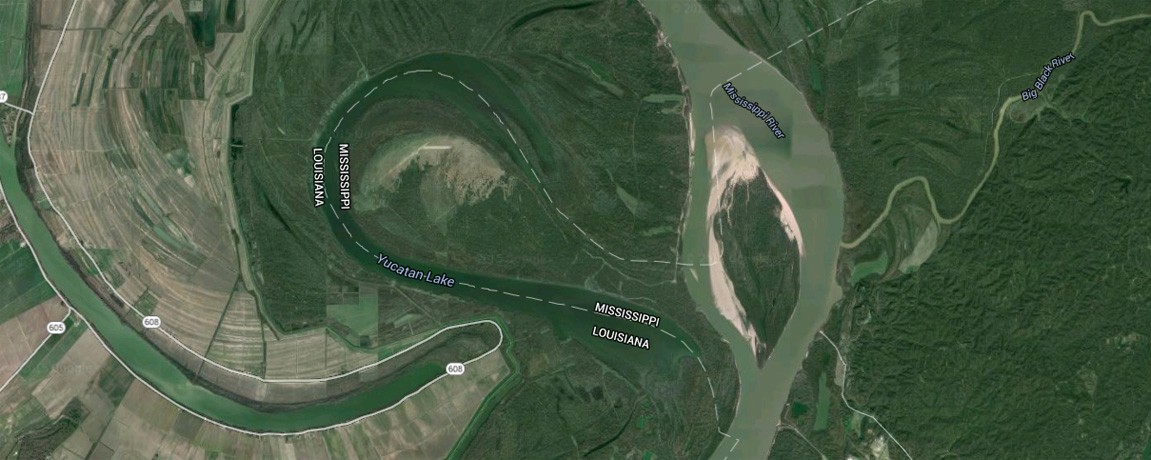

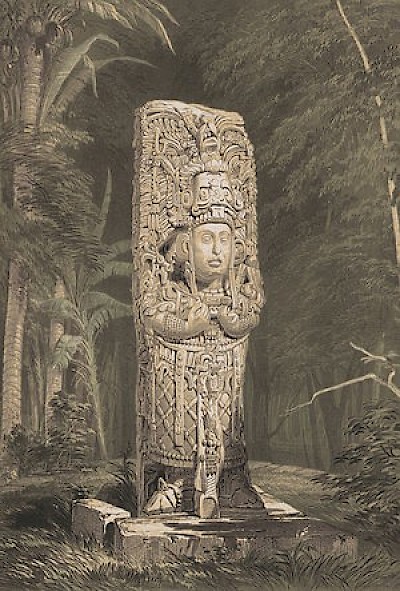
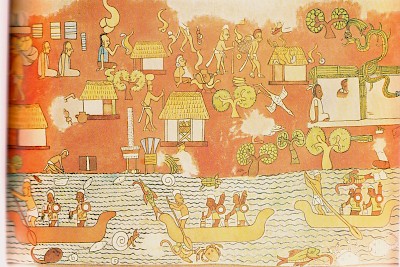
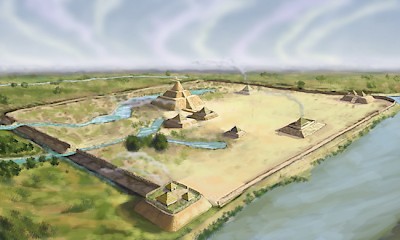
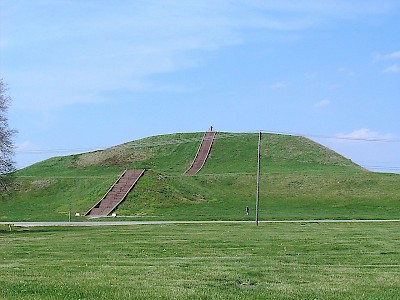
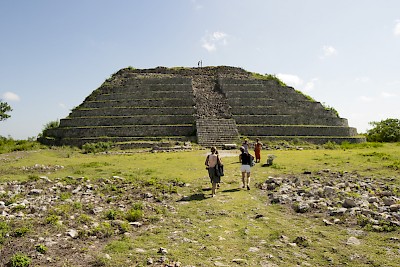
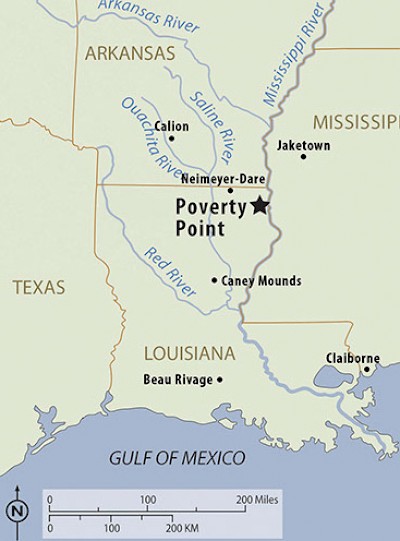

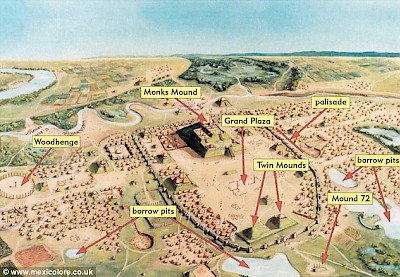
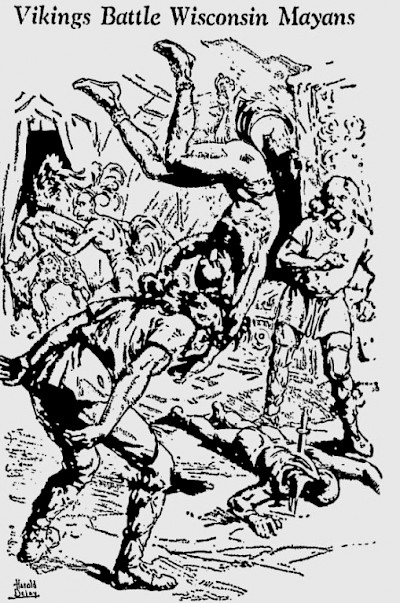

Comments
T.J. Scott 7 years ago
There are recent discoveries about the Mayans traveling up the gulf into Georgia and Florida, with the Mississippi and ohio river acting as a highway for travel up till, it seems quite possible between the similarities and similar products as well as China artifacts being found in GA around the same time periods. It seems to connect with China exploration coming to the continent, and spreading spices and herbs globally due to this, which is how cocaine and tobacco was used in mummification. The Mayans at the time seem yo have been spreading around as the paths indicates along the gulf and up the Mississippi for some, and to Florida for others. This would explain tribes and languages and cities with Maya in their name whether phonetically or spelling Mayans and Georgia https://www.youtube.com/watch?v=d2wVIqlREtQ
Mystery Of The Cocaine Mummies (Pyramids + tobacco + cocaine) https://www.youtube.com/watch?v=57gaB1VtJiQ
Wisconsin Pyramid https://www.youtube.com/watch?v=nO16xijKb60&list=PLk1d6EjyFk271SAxdAJWOqlH9cDZRfs3J&index=2
Reply
Thomas Croxford 7 years ago
Check out AZTALAN, Wisconsin. Due north of Itzamal, Yucatan. Look for the solar road across the river, bordered with mounds. I have so much to share, I'm on facebook, easy to send pictures of my findings. Follow longitude 89 01'00" from Itzamal up to 43 04'32.04" and you'll find the White Solar Road on Google Earth. Have fun.
Reply
Heinz Fischer 8 years ago
To Alice Patterson,
You probably know by now that you didn't have to drive from Georgia to Louisiana to see the Mayan influence in ancient America. Right there in Georgia just about an hour north of Atlanta you have the Etowah Mounds. If the artwork they dug up and is on display in the center doesn't impress you as being Mayan then go to the Museum nearby where they have on display millions of artifacts, many showing Mayan characteristics.
If that's not enough drive down to Macon and see the Ocmulgee mounds and artwork on display there. The archaeologists there are not able to say these people were Mayan but will admit to a Mayan influence.
Not enough, go to west to Alabama or south to Florida. A little research will lead you to an overwhelming number of mounds attached to villages with Mayan like artifacts. Just ask the staff, how many artifacts will they have to find before they can say, 'the Mayans were here.'
Reply
Alice Patterson 10 years ago
I bet you didn't expect anyone to read this article and jump into their car to go see some of these sights themselves, but we did! After leaving our home in Georgia we drove 7 hours to Louisiana! Our first adventure was at Jonesville to see the Troyville Earthworks. Well, it was destroyed in 1931 or 1932 when a bridge was constructed over a nearby river! There is a reproduction, but it looks like a land fill! In Harrisonburg the courthouse has a display and some artifacts that were interesting, but limited.
On to Newellton, LA, where we were able to get directions to Yucatan Lake and Landing. Yucatan Lake is a popular local fishing lake with many varieties of fish. Yucatan Landing is the parking lot for the boat trailers and trucks. No services there.
Next we explored Poverty Point which had a self guided tour through the mounds, and a nice visitor's center. Interesting displays and information about the sight were present.
All in all an interesting trip, but to compare these small mounds to the construction of the Maya is a long shot. I can, however, envision the Maya navigating across the gulf and up the Mississippi River, but.......
Reply
Alice Patterson 10 years ago
How interesting!! Looking forward to more information.
Reply
(0 to 5 comments)